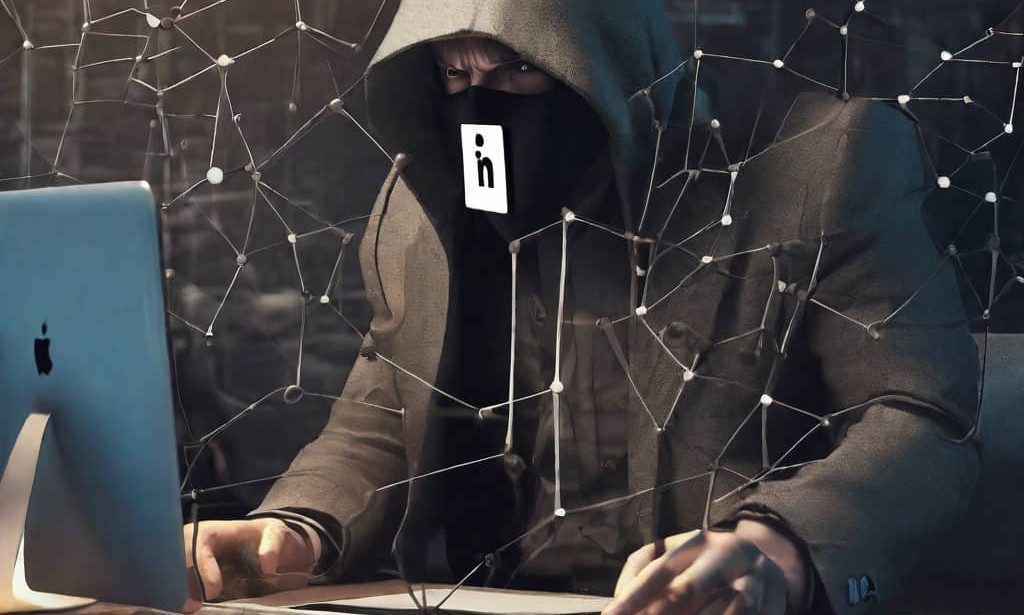As professionals, our LinkedIn profiles have become virtual business cards housing valuable career information and connections. This makes them an attractive target for hackers seeking access or to use accounts for fraudulent purposes. However, by knowing the common signs and being proactive, we can safeguard ourselves and quickly regain control if hacking occurs.
1. Strange Login Locations
Check your recent login history for any unfamiliar devices or locations you didn't access LinkedIn from. Hackers may sign in from other cities or countries.
2. Suspicious Account Activity
Monitor your notifications and newsfeed. Hackers may alter details, send connection requests fraudulently, or message connections in your name. Stay alert for profile or settings changes.
3. Unfamiliar Followers
Regularly review your followers list for profiles you don't recognise. Hackers often follow broad connections to seem legitimate. Be wary of any selling or spammy accounts.
4. Third Party App Access
Examine any other applications with permissions to your LinkedIn data. Revoke access from unknown or unrecognized third parties right away as a precaution.
5. Phishing Scams
Be leery of suspicious emails asking for sensitive info like passwords. LinkedIn will never request this directly - it could be hackers phishing to steal credentials.
Protection and Next Steps
If in doubt, immediately change your LinkedIn password and enable two-factor authentication for an added layer of security. Report any suspicious or unapproved activity to LinkedIn and be ready to verify your identity to regain account control. Staying proactive helps ensure your online reputation and connections remain protected.
By knowing the common signs and protecting access points, we can safely navigate and quickly respond to any potential hacking issue. Together with vigilance and care, professionals can keep their LinkedIn profiles and personal information secure.


You must be logged in to post a comment.